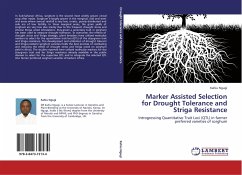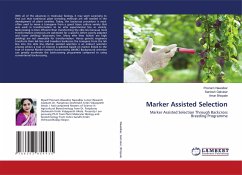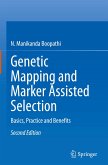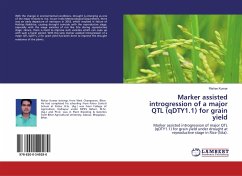In Sub-Saharan Africa, sorghum is the second most widely grown cereal crop after maize. Sorghum is largely grown in the marginal, arid and semi-arid areas where annual rainfall is very low, erratic, poorly distributed and soils are of low fertility. In these marginal areas, the grain yields of sorghum are very low due mainly due to the frequent drought stress and intense Striga weed infestations. Stay-green a secondary trait in sorghum has been used to measure drought tolerance. To overcome, the effects of drought stress and Striga damage, plant breeders have utilized molecular markers to select for the quantitative trait loci (QTL) of the stay-green trait and Striga resistance. The development and utilization of drought tolerant and Striga-resistant sorghum varieties holds the best promise of combating and reducing the effect of drought stress and Striga weed on sorghum yield in Africa. The studies reported here utilized molecular markers for the stay-green trait and for Striga resistance already available in the public domain to select for the respective QTL and to integrate the selected QTL into farmer preferred sorghum varieties of Eastern Africa.








